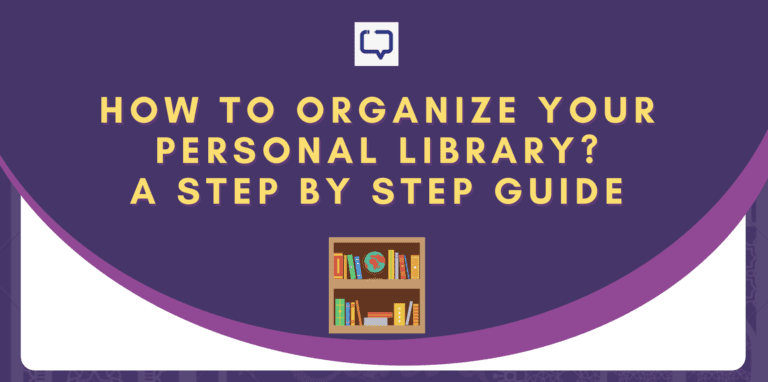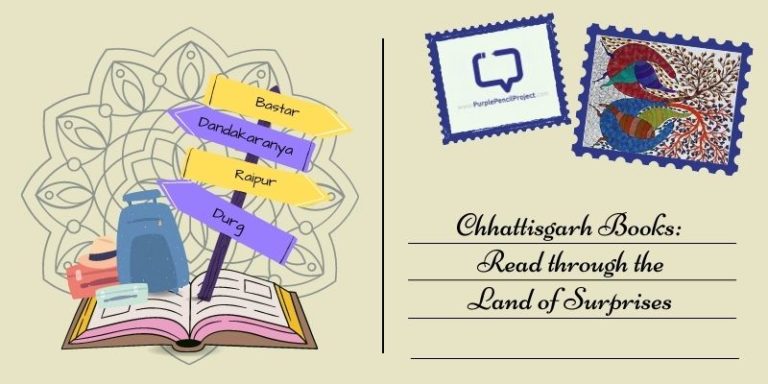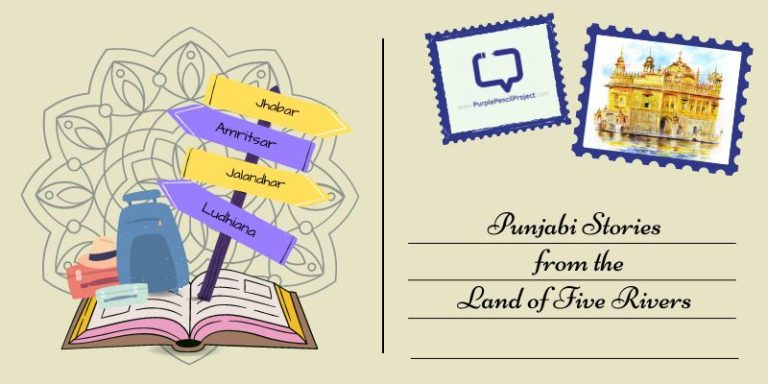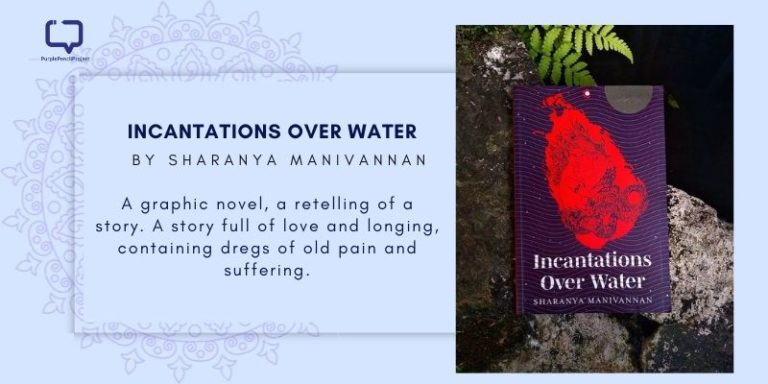Zenith Denis reviews At Home in Two Worlds: Essays on Goa by Maria Aurora Couto (published by Speaking Tiger, 2024).
Goa has borders, but in what is known as psychogeography, its soil and its language created the Goan mind, which transcend physical boundaries.
– Maria Aurora Couto, At Home in Two Worlds
My understanding of Goa is of a space free of restrictive labels, where a composite culture flourished. Separated from the mainland for over four centuries of Portuguese colonisation, Goans take pride in an identity and history that are quite different from the population across the ghats.
At Home in Two Worlds is the third and last book of the trilogy Maria Aurora Couto wrote as a homage to her home state, Goa. The first two are Goa: A Daughter’s Story (2004) and Filomena’s Journeys: A Portrait of a Marriage, a Family & a Culture (2013). Published posthumously on 5 September 2024 (two years after her death), this collection of essays covers several cultural, political, historical, and linguistic influences that turned Goa into a cosmopolitan anomaly.
Recommended Reading: Goa Books: Read your way through India’s favourite holiday destination
Maria Aurora Couto was an Indian writer and educator. Her husband, Alban Couto, worked in the Indian Administrative Services, which connected her not only to the inner workings of post-independence politics but also allowed her to work with and learn from people from all strata of life. In this collection of essays, she talks a lot about how being a civil servant’s wife widened her understanding of the collective Indian identity and how, in contrast, Goan history followed a rather different trajectory.
Writing Style
At Home in Two Worlds exhibits scholarly rigour, with pristine language and citations for each reference. Whenever Portuguese, Konkani, Marathi, or Hindi is used, an English translation follows. This book contains letters, both personal and administrative. All this not only makes the book a history lover’s dream but also directs the reader to investigate the ongoing discussion further on their own. The narration switches gears from first person to third person throughout the book.

Some friends jokingly describe me as a ‘fifty-fifty’, and the phrase seems to perfectly reflect my identity as an insider-outsider in Goa. It provides the distance and perspective to reflect on a beloved space and way of life.
– Maria Aurora Couto, At Home in Two Worlds
Maria Aurora Couto’s story follows her Portuguese-speaking Catholic upbringing, her teenage years in Dharwad, Karnataka, the birth of her first child amidst Holi celebrations in Patna, and her return to modern-day Goa in the 2000s.
A Lesson in History
But beyond personal anecdotes, At Home in Two Worlds is Couto’s attempt to summarize and emphasize the four centuries of various influences that set Goa apart.
She discusses the Gaunkari system in detail. Gaunkari, or communidade, is an age-old practice of communal land ownership unique to Goa. She also mentions the Pombal Law of Equality (1761) and Instructions (1774).
As a fruit of the Pombaline vision, Goa is today the only state in India with a Uniform Civil Code, which ensures women equal rights of succession, property and inheritance.
– Maria Aurora Couto, At Home in Two Worlds
She talks of how, during the Portuguese rule when Konkani was banned, Goan Catholics adopted Portuguese as their own while managing to preserve Konkani in the Romi (English) script. And how the Hindu population, refusing to adhere to Portuguese, turned to Marathi for education and literacy.
Most descriptions of Goa take into account Portuguese cultural influence, which is undoubtedly the strongest, yet ours is a multi-hued history, a complex culture. Field studies of ancient Goan culture and history have revealed traces of the influences and vestiges of the Kadamba, Vijayanagara and Bahamani periods but also interactions across the seas when Govapuri had a brisk trade in horses.
– Maria Aurora Couto, At Home in Two Worlds
The Dream Destination: Goa

This book is also a commentary on how the ‘othering’ of Goa, especially after the Liberation (1961), simultaneously flourished and corroded a state once basking in agricultural bliss.
The difference of Goa—and it is distinct from the rest of India in so many ways—has led to a perception of the Goan as the ‘other’, thereby marginalising the population from the cultural matrix of India. These perceptions project Goa as a haven for the pleasure-seeking moneyed class, though the scale constantly tips to include more of the middle classes. It has become difficult to have a conversation about Goan people and culture in which they are not stereotyped and, in a sense, colonised all over again by the global neo-liberal market which arrived in India in the 1990s.
– Maria Aurora Couto, At Home in Two Worlds
Recommended Reading: Goagr@m by Bina Nayak Review: A Striking Novel on Goa and Social Media
Couto talks about how, right after the Liberation, Goa experienced a decline in agricultural production. A state once rich in rice had to now import it from neighbouring states as the tourism and mining industry took Goa by storm.
More than half of the land in Goa is owned by non-Goans. A healthy economy has thus been achieved by depleting natural resources and corrupting society and the reputation of the state. Goans can no longer afford land in the state, yet it must be said that it is Goans who sold their land in the first place.
– Maria Aurora Couto, At Home in Two Worlds
The Goan Psyche According to Maria Aurora Couto
But beyond the historical and economic factors, At Home in Two Worlds finds its heart in the ever-evolving identity of being a Goan, be it the loss of expression experienced when the mode of education changed from Portuguese to English or the migration of the Goan population to foreign lands in search of belonging, be it the inability of Goans to relate to the national identity forged under British rule and their lack of participation in the freedom struggle or now being seen as the ‘other’ and being surrounded by people from the neighbouring states who do not understand the Goan ethos… the Goan psyche dwells between a spectrum of duality.
Recommended Reading: Language Politics in India: Regional Protests and Their National Implications
Goa has been held up as an example of communal harmony despite its violent past in the early decades of Portuguese colonisation. Our great poet Bakibab Borkar called it an original form of being unique via incomparable humanism, veglench munxaponn.
– Maria Aurora Couto, At Home in Two Worlds
Concluding Words
Maria Aurora Couto not only encapsulates it beautifully, having lived eight decades, but she pretty much embodies it. It was an absolute privilege to chance upon such a well-articulated book. At Home in Two Worlds touches upon many other topics, and mentioning them all would turn this review into a discourse, which was probably the intent of the author as well. I highly recommend this 200-page insight into the Goan identity.
Have you read this book exploring the cultural, political, and personal narratives that shaped the unique state that is Goa? We want to hear your thoughts! Comment below to share your impressions.





















